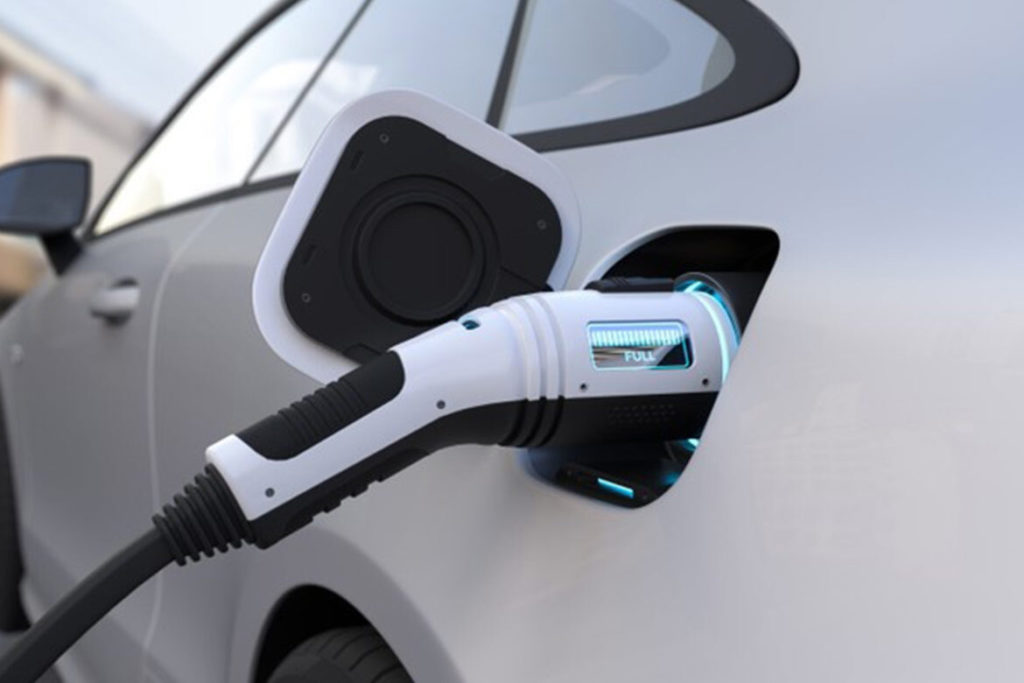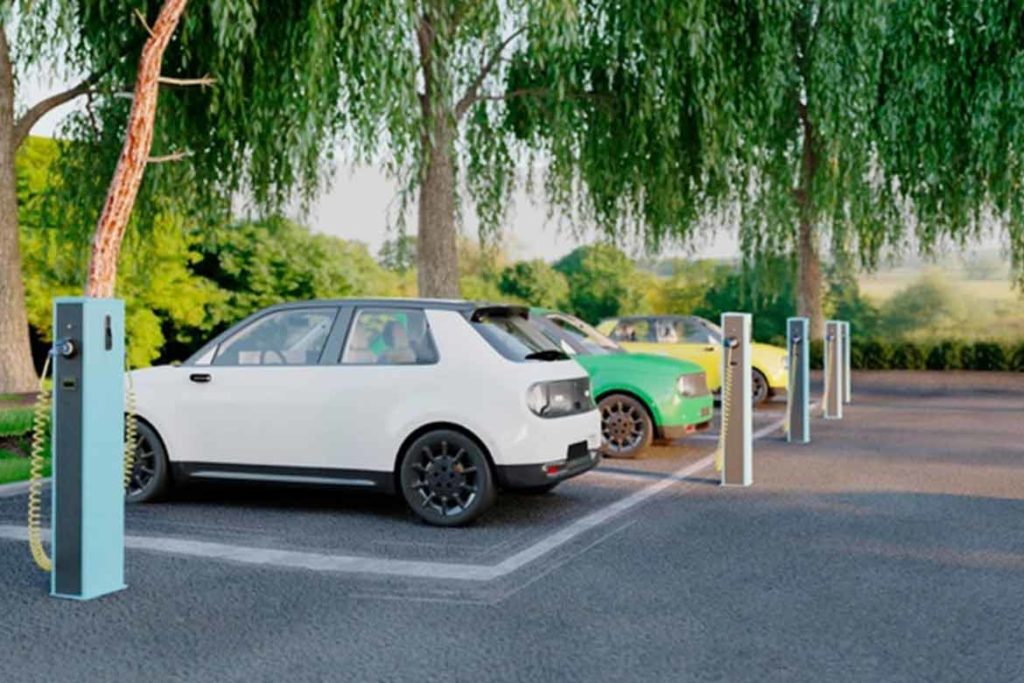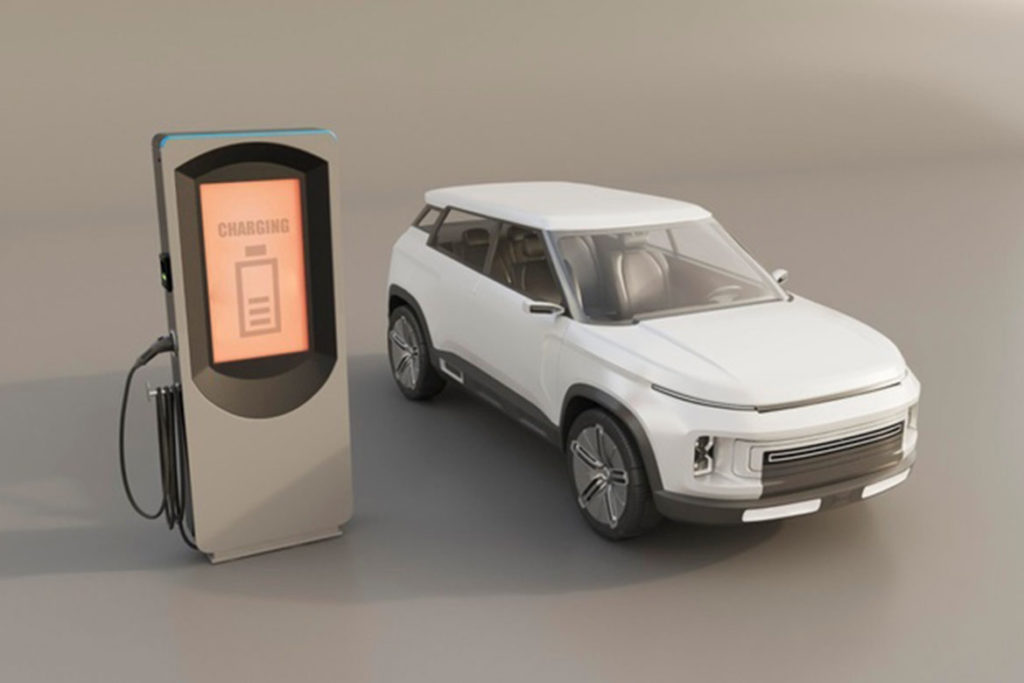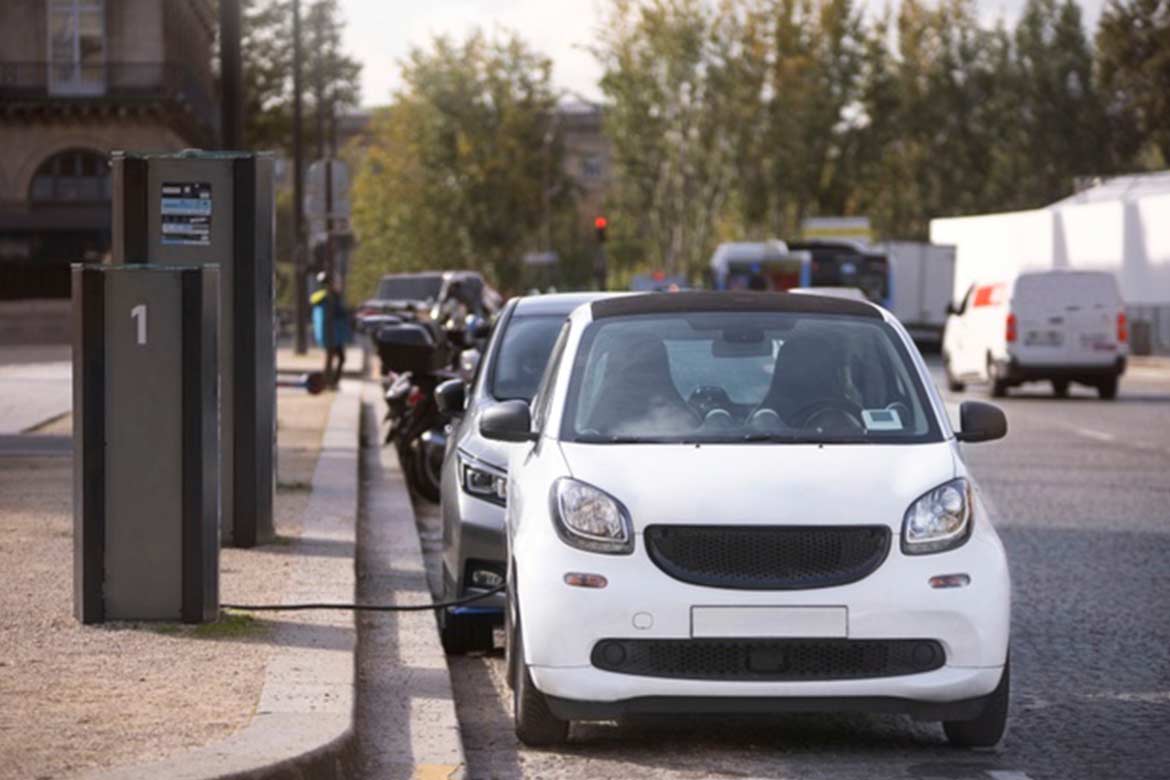India, the second-most populous country and fifth-largest economy in the world is one of the biggest car markets in the world. It has the potential to be the in top 3 car markets by 2030. But to ensure a better and sustainable development, the world is moving adopting EV at a very fast pace.
India, a pioneer of environment conservation, has committed a Net Zero Emissions by the year 2070. To achieve such a target, there is a need for a mobility revolution in India. Electric vehicles will play a very instrumental role in this. However, in this context, India still has a lot of work to do in battery manufacturing and setting up of enabling infrastructure.
The pace of EV’s adoption around the globe:
The global electric vehicle revolution is currently defined in terms of the rapid development of electric vehicles. Two out of every hundred cars currently on sale are electric and in the year 2020, sales of electric vehicles reached 2.1 million. The number of electric vehicles globally was 8 million in the year 2020, representing 1% of the global vehicle stock and 2.6% of global car sales. Due to large scale product, the cost of battery has been declining. Besides, the improved performance and capacity are also spurring the demand for electric vehicles globally.

Efforts of India in this field:
India is among the few countries that support the global ‘EV30@30 campaign’, which aims to increase the share of electric vehicles in new vehicle sales to at least 30 percent by 2030. Several commitments were made by India at the COP26, including meeting 50% of India’s energy needs with renewable energy, reducing carbon emissions by 1 billion tonnes by 2030 and achieving ‘net zero’ target by 2070. Achieving these targets will not be easy without EVs adoption.
The Government of India has taken several measures for the development and promotion of the EV ecosystem in the country, such as:
- Restructured FAME II (Faster Adoption and Manufacturing of Electric Vehicles) Scheme is a modified programme by the government striving towards faster adoption of EVs.
- PLI Scheme for Advanced Chemistry Cell (ACC) to support supplier side has been running by the government to ensure vast manufacturing of the batteries.
- Moreover, government has launched ‘PLI Scheme for Autos and Automotive Components’ for manufacturers of electric vehicles.
Hurdles ahead:
It is estimated that India’s cumulative battery demand will be around 900-1100 GWh by the year 2020-30. But the absence of a manufacturing base for batteries in India is a matter of concern, as one has to rely entirely on imports to meet the growing demand. India imported more than $1 billion worth of lithium-ion cells in 2021, while the penetration of electric vehicles and battery storage in the power sector is negligible.

Moreover, India had only 650 charging stations available in 2018, which is significantly less than its neighboring counterpart countries, which had over 5 million charging stations in operation. The lack of charging stations makes it unviable for consumers to travel long distances and it takes up to 12 hours to fully charge a vehicle at home using a personal light-duty slow charger.
On one hand, EV production is a capital intensive sector requiring a ‘break even’ situation and a long-term plan to achieve profits, while the uncertainty of government policies relating to EV production discourages investment in this industry.
On the other hand, India is technologically backward in the production of electronics like batteries, semiconductors, controllers while this sector is the backbone of the EV industry. Besides, Electric vehicles have high servicing costs which require a high level of skill. India lacks dedicated training courses for such skill development.
Another major challenge is that India does not have any known reserves of lithium and cobalt which are required for battery production. Dependence on other countries for the import of lithium-ion batteries is an obstacle in becoming completely self-sufficient in the battery manufacturing sector.
Sailing through the challenges:
EVs will contribute to improving the overall energy security situation, as the country imports more than 80% of its total crude oil requirements, which is valued at around $100 billion. It is expected that the promotion of EVs will also play a significant role in terms of job creation in the local EVs manufacturing industry.
Additionally, electric vehicles through various grid support services will also be able to help strengthen the grid and accommodate high renewable energy penetration while maintaining safe and stable grid operations.

Also read: You Can Earn By Installing A Charging Station For Electric Vehicles, Here’s How
In view of the Government initiatives to promote e-mobility and renewable energy (450 GW energy capacity target by 2030), battery storage with the latest technology disruptions has a huge potential in promoting sustainable development in the country. Can provide.
With the rising levels of per capita income, the demand for consumer electronics such as mobile phones, UPS, laptops, power banks is increasing rapidly, which require Advanced Chemical Batteries (ACC). This makes advanced battery manufacturing one of the biggest economic opportunities of the 21st century.
EV charging infrastructure (which will draw energy from local electricity supply) can be installed in private residences, utility services like petrol and CNG pumps and parking facilities of commercial establishments like malls, railway stations and bus depots.
The Ministry of Power has set a target of setting up one charging station for every 3X3 grid and every 25 km on both sides of the highway. The Ministry of Housing and Urban Affairs has ordered to set aside 20% of parking space for EV charging facilities in residential and commercial buildings under the Model Building By-Laws, 2016 (MBBL). State governments will also be required to make necessary amendments in their respective building bye-laws to make MBBL effective.
The Indian market needs incentives for indigenous technologies that will be both strategic and economic for India. Since investment in local research and development is necessary to bring down prices, it would be prudent to take advantage of local universities and existing industrial centres.

